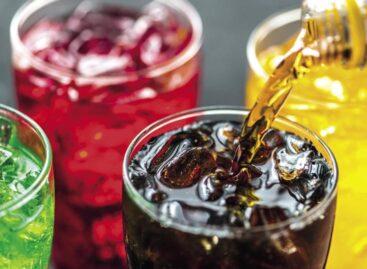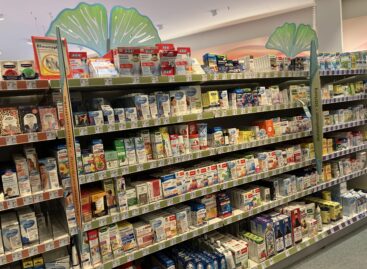Incredible nights by the river Moscow
Moscow ranks number one on the top list of cities regarding luxury. A two room apartment in a pre-fabricated concrete apartment block costs HUF 50 million and we pay HUF 800 for a litre of peach juice. It’s been 15 years since my last visit to Moscow. Everything is still incredibly big but much has changed. There are enormous numbers of Rolls, Jags and S-class Mercedes Benzes in the streets, with hardly any Ladas. The size of construction projects defies our imagination. Many buildings look neglected from the outside, but are perfectly renovated inside. There are still tens of thousands of kiosks around, operated mainly by ex-Soviet citizens. Kiosks and independent stores account for 70 percent of Russian retail trade. Concentration is very low and prices are very high. Products reach customers via 3-4 intermediaries at least. The self-service system is practically unknown, with labour costs accordingly astronomical. However, the financial crisis might lead to a modernisation of the logistic and retail system. In terms of assortment or design, supermarkets in Moscow cannot be compared to those in Budapest. Their assortments are infinitely richer, with lavish luxury reflected in every detail of their interior. For example, I saw 50 vodka brands ranging from HUF 1000 to 12000 in terms of price, in a 1000 square meter supermarket. However, we do not see many local specialities apart form vodka. Cards are welcome in every modern store, apart from Auchan. Hungarian products have disappeared from the shelves, with the possible exception of Pick salami, although many Russians still feel quite nostalgic about brands like Tokaji, Globus or Ikarus. Whereas two decades age people used to read while travelling by underground, nowadays everybody seems to be playing with their cell phones. Teachers earn half as much as factory workers. Moscow is affluent, but people are not happy, probably because they are worried about the future.
Related news
Related news
WHO: They urge a 50 percent price increase for tobacco, alcohol and sugary drinks
The World Health Organization (WHO) is calling for the prices…
Read more >Eurozone economic growth accelerated in June
The eurozone’s economic performance accelerated in June, according to the…
Read more >This is how drug prices are changing: the government introduced price restrictions
The Ministry of National Economy’s price restrictions on medicines came…
Read more >



